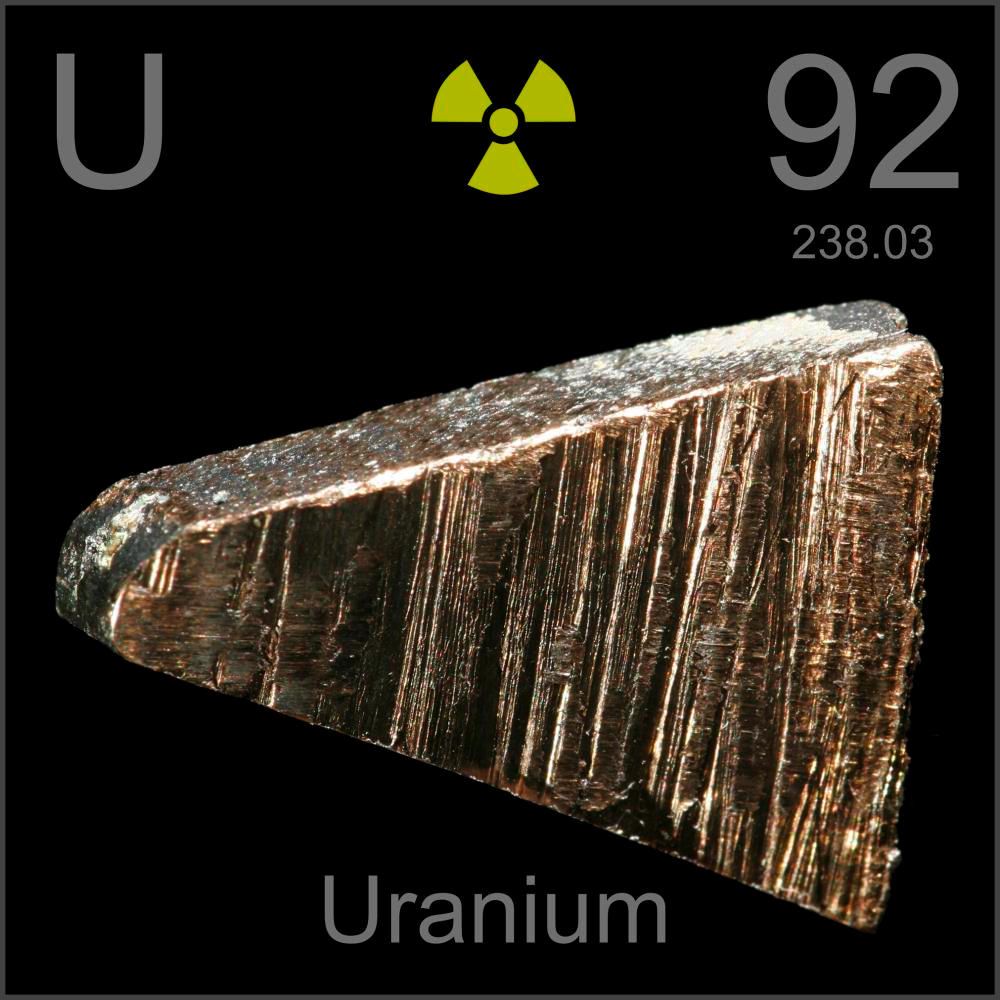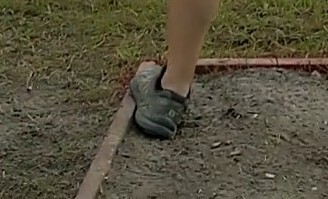“Small price to pay for the freedom to travel”
-An actual thing that’s been said to me before when I brought up other environmental issues
Nothing says “freedom” like a tool that costs tens of thousands to buy and thousands every year to maintain and use.
Meanwhile I can amtrak to DC for $30 round trip 🤷
From where?
This statement doesn’t make much sense without context.
deleted by creator
It varies a huge amount. You can get DC to NYC tickets for under $50 if you buy at the last second. Most trains don’t fill up and they basically give away the remaining seats with like 8 hours to go.
I’ll have to remember this 🤔
58cent is IRS estimate which is under estimating the cost inherently due to state bias.
Also, not even accounting for crazy car prices recently
And parking and sitting in traffic
deleted by creator
What costs are you adding for a train…
Asking for a friend
Also the traveling part is generally tedious, uncomfortable and boring unless you have a super big luxury car. I’d much rather travel by high-speed rail.
I looove taking the train, I can stand up, move around, chat, eat and drink.
I was hanging out in the Cafe car a few weeks ago on a 9 hr trip playing video games on my laptop. Got chatting with some folks, 3 of us one by one broke out our respective liquors and made a party of it.
Can’t do that on I-95.
My friend, allow me to introduce you to the shit show which is the upper level of the 9pm Megabus. I’ve seen people straight up smoking meth.
Our freedom to travel was stolen from us and sold back to us
“Small price to pay for the freedom to travel”
Well, they pay a small price for their freedom to travel. It’s everybody else that has to suffer the externalities of their choices.
Let’s tax antisocial behavior, so that these externalities are internalized. Carbon tax, vehicle weight per passenger tax, vehicle volume per passenger tax, etc.
‘Be careful now, you’re starting to sound like a communist.’ they say.
Seriously though, you’re right, we should do all that. Switching over to EVs won’t solve very many problems. Everywhere needs to have fewer vehicles in the road and that’s public transit.
Fuck them.
They also call me a communist now because I think a 40 hour work week should put a basic roof (efficiency on your own or maybe a basic 2br with a roomie) over your head no matter what you’re doing.
Turns out the “Red Scare™” will always return whenever capitalism starts fraying at the seams to keep people from exploring even the slightest reforms.
40 hour work week
Hell with that, make it more like 20…
Small price to pay for the freedom to travel
my man you go to work and back again what travel
Yep. Whenever I travel I ask around my friend group if anyone is interested and those same people always have a list of excuses as to why they can’t take a week to fuck off in NYC.
I really think alot of it is “I can’t take my car 😭,” cause I’ve gone with them to things all the time on road trips, but as soon as I’m taking a train the excuses roll in.
Trains.
Furthermore, death to cars.
Meanwhile Florida, Texas, Ohio are all doing burnouts
bikes even
Man, that would have been great 20 years ago.
If not now, when?
The use of tires will be a daunting thing to change. If somehow we all managed to change to bicycles for instance, there are still tires.
The wear is drastically different, at least.
Probably easier to develop an alternative too when it doesn’t need to support two tons.
The amount of wear on the tires of a bicycle which let’s just assume the heaviest person riding the heaviest e-bike would be a few hundred pounds wearing on the tires? Compared to several tons for an auto pressing down on 4 tires it’s a LOT less.
As per the quote below, a car loses about 0.08g of tread per km.
Compared to a car, a bike tyre is about the same diameter, 10% of the width (~20mm), 28% usable tread depth (~2mm), has 50% less wheels, and can travel 10% the distance (~10000km).
This suggests a (very approximate) tread loss of 0.08 * 10% * 28% * 50% / 10% = ~ 0.01g per km for bicycles.
For replacing longer car journeys less typically travelled by bicycle, rail transport is the best solution and removes the issue of tyre wear.
Quoting [deleted] in r/theydidthemath:
Using the same assumptions as above (215/60R16 tires, 7mm of tread loss over 100,000 km), I estimate the loss of tread by volume from each tire as follows:
Cylinder with a diameter of 664 mm and a height of 215 mm has a volume of 74,412 cm3. Cylinder with a diameter of 664-(2x7)=650 mm and a height of 215 mm has a volume of 71,307 cm3. The volume difference between a new and worn out tire is 3105 cm3.
Typical land to sea ratio of tires is 60-70% land, depending on the type of tire. If we go with an about average value of close to 65% tread, we get the lost rubber volume of about 2000 cm3 or 2,000,000 mm3 over a single tires lifespan.
Each revolution of a tire loses about 0,04 mm3 of tread, which, according to Wolfram Alpha, is a bit less than the volume of a medium grain of sand.
If we look at the entire car with 4 tires over a kilometer of road, we get 80 mm3 or about 0,08 grams of tread lost per car per kilometer.
Your model fails to account for weight of the tyres, which has a big impact. I can’t figure out what that ratio is though.
It wasn’t the plastic straws after all?
I’m shocked, shocked.Plastic straws are still very harmful for many sea animals and are apart from that entirely unnecessary (unlike tires).
As I read on masto, we should replace the tires with steel to stop the plastic pollution.
Of course to protect the road that would also have to be steel. And we’d need to link all the vehicles together to make best use of the limited steel road surface.
(It’s trains)
Steel dust quickly turns to iron oxide in the environment, which is a fairly common natural mineral (it’s the reason red clay is red). To be fair, there might still be some slight negative effects to ecosystems which do not naturally have a lot of iron oxide at the surface, but that wouldn’t even be a rounding error compared to the harmful environmental effects of tires and asphalt. Also, steel dust is very heavy so there’s essentially no chance of it getting into the air and inhaled.
I struggle to think of a view where plastic straws are a no no (which I agree) but car tyres aren’t. It’s both convenience product.
Some amount of inflatable tires will always be needed and used. Sure, the vast majority of them are also unnecessary, because most cars are, but humanity will obviously always need some vehicles that transport stuff efficiently without tracks. Bicycle tires also use similar materials.
In many places, cars are a necessity because of structural issues that we need to solve. They aren’t innately required, but our world is built in such a way to require them.
I’m mostly going for the “entirely unnecessary (unlike tires)” thing, especially given consumption levels. I don’t think I would’ve gotten through a single tyres worth of plastic in straws in my lifetime even if they weren’t banned.
Like, sure, there is use cases for tyres even in utopia, hell, a tyreless bicycle sounds shit, but we’re talking what, like a percent of what is currently used?
You are correct to a degree, but many places around the world (even in America) have a suburb with a nearby city, and a bus that is mostly empty going from that suburb to said city. Meanwhile, that bus is stuck in car traffic going from where that bus originated (or anywhere on the line) to said city. It gets stuck in the same traffic going back
A lot of it isn’t structural. It’s cultural, it’s people. If you solve “the commute” social problem, the transit problem could be solved.
And here I was walking to work trying to suck some coffee through a damp piece of cardboard, while it turns out that the suburban Panzer IV commuters were to blame? What’s next?
I mentioned this in a discussion a while back. Tires are a huge problem for society.
Can we just get some real public transportation options in the USA? I’ve visited Washington D.C., Boston, and New York City recently, and I’m in love with the subway (etc). Where I live would still require a car, but afaik, none of the major cities around me have anything more than a lackluster bus system.
Best we can do is another lane on the highway. That should fix the problem!
Ok, hear me out: What if we were to dig a system of narrow tunnels under the city, and then let people drive through them. Of course, cars would need to be on some form of automated tracks to make it safe. Then you could link up multiple cars and make long lines of cars following the tracks to the same destination.
It’s a brand new concept, I know, but modern problems require modern solutions. Maybe we can sell hats and flamethrowers to generate support.
(/s in case it wasn’t obvious)
This is a great idea! It might work if you give everyone fake steering wheels and pedals.
it would have to be on rails. Sure, buses have fewer wheels per passenger but they are also heavier so go through their tyres much faster. Its probably still a net benefit but it doesnt eliminate the problem.
Its probably still a net benefit
oh god imagine if the math works out that it isn’t.
trains, bikes, and sailing ships only.
E-Bikes, maybe. There’s argument to be made that given a typical western diet heavy on meat (and not changing that) it’s better to just use electricity to power bicycles rather than meat filtered through humans
Sure, buses have fewer wheels per passenger but they are also heavier so go through their tyres much faster.
Per Passenger? A bus weighs like 40,000 pounds at most going by a quick google. The average car in the US weighs about 4,000lbs and the occupancy rate of cars is about 1,5, so 2,666lbs / passenger on a given trip. Every bus that has an average passenger rate of 15 and up beats that.
15 passengers on average seems way higher than most buses I’ve been on. Maybe during the very busiest times, but buses run all day. The many hours they spend with just four or five people aboard will really tank the average.
Buses also have more tires than cars – usually at least 6, but sometimes 10 or more. I still doubt they’re emitting more microplastics than cars per trip but the math isn’t so simple.
15 passengers on average seems way higher than most buses I’ve been on. Maybe during the very busiest times, but buses run all day. The many hours they spend with just four or five people aboard will really tank the average.
I don’t wanna say there isn’t busses that might producre more microplastic but an average of 15 passengers per bus isn’t like some insane goal to achieve, even in the current world, especially once you factor in that there’s also times that there’s way more than 15 people on one for a given trip
deleted by creator
If only we could have a one company pick people up and deliver them to another point or work from home and have our stuff delivered.
“
but Da CAR gives me personal freedom”Yeah the freedom to choke on loans, exhaust and tire dust
This reminds me of these wise words:
“A person who runs in front of a car gets tired. A person who runs behind a car gets exhausted.”
:)
You know, I’d say we had a good run but honestly I just don’t feel like lying to make myself feel better. This shit sucks.
It’s interesting to me that as soon as EV’s are finally seriously becoming a thing, we are told that tire dust, rather than ICE emissions, are really the worst thing possible for the planet (and it’s somehow implied that ICE vehicles don’t have tires). When somebody points out that ICE vehicles do, in fact, have tires too, EV’s are STILL worse because EV’s are heavier than the equivalent ICE cars. Strangely, the fact that for years, people have been driving ludicrously overweight vehicles (the Ford F150, weighing in at 4,070 to 5,757 lbs, is the top selling passenger vehicle in the US, and last I checked, it had tires) was never an issue.
It’s almost like people are incapable of comprehending that all types of pollution are important, not just one or the other. Exhaust emissions are bad. Tyre pollution is also bad. Reducing one is a good step. Reducing both would be even better.
That was always the thing I was wondering about. Where was the origin of these microplastics. Surely it wasn’t all just those little beads that were in soap and shampoo
The other source aside from tires and those beads is all the other plastics that we use. Especially when exposed to the elements, all(?) plastics eventually break down into tiny particles. This includes all synthetic fibers, by the way. I’ve seen studies that show how much synthetic clothes release microplastics each time we wash them.
That’s a real bummer because lots of my clothes are synthetic fabrics and I really like them compared to cotton. Sigh.
Sorry to hear. I prefer natural fibers, so it doesn’t affect me that much.












